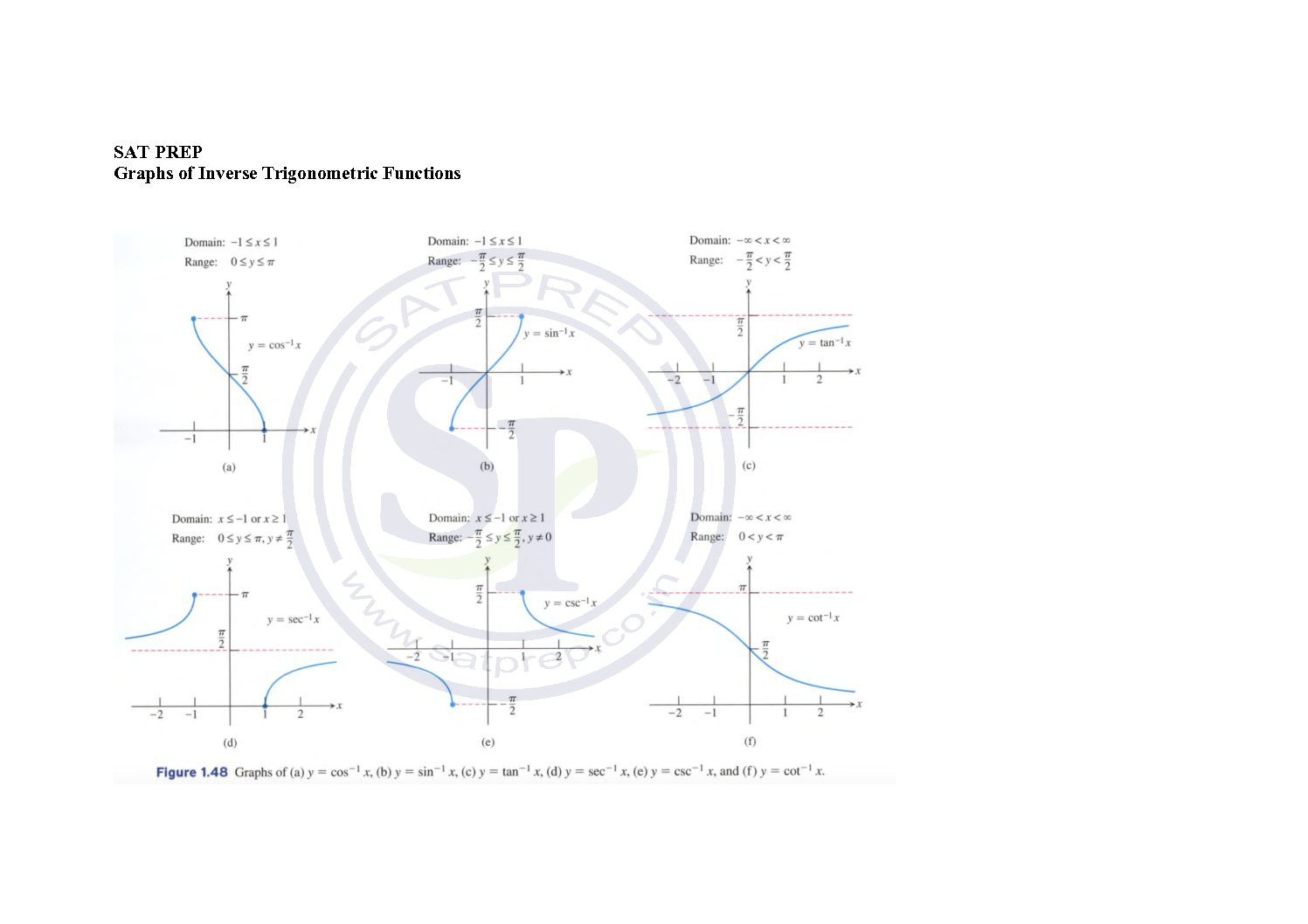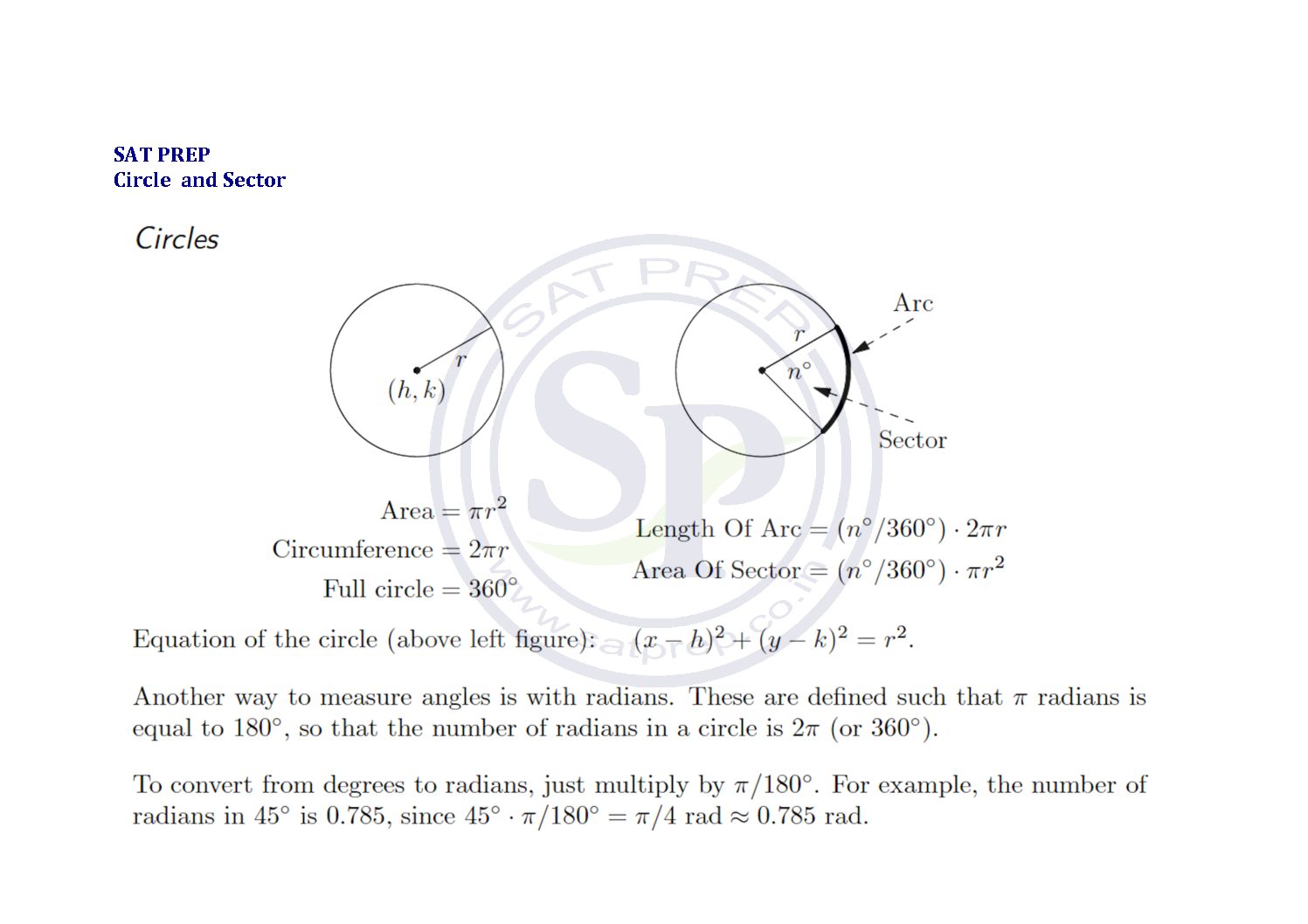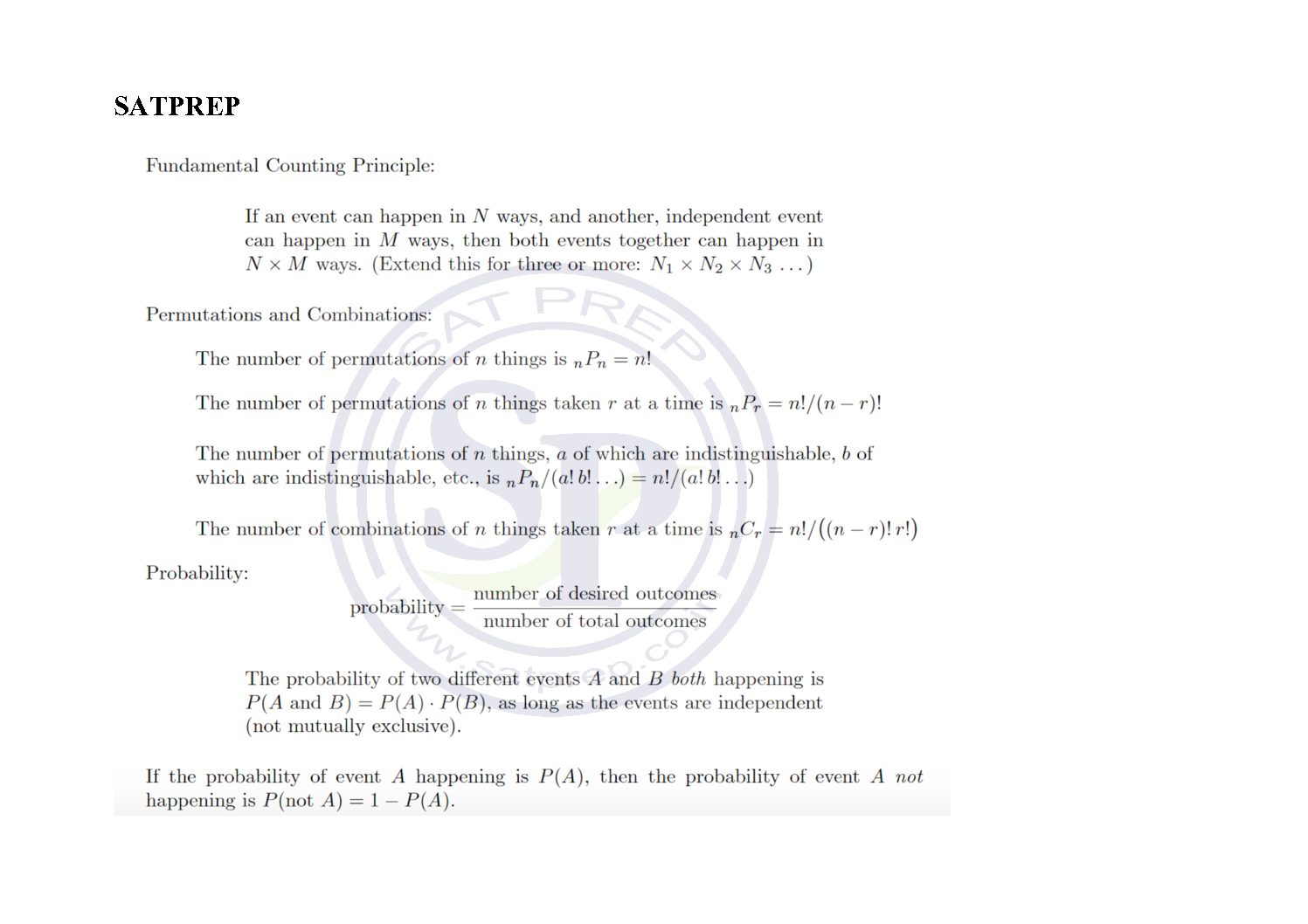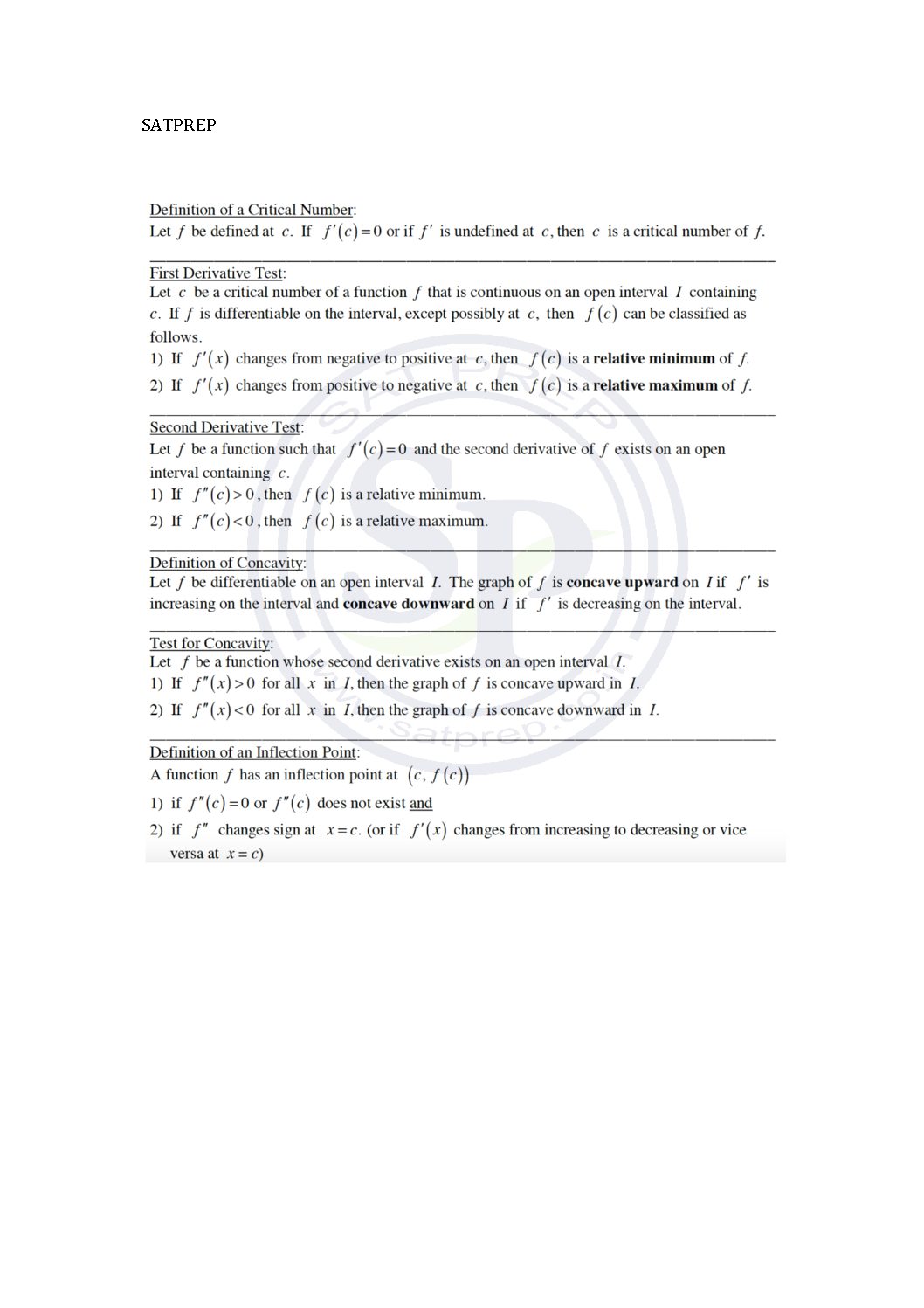Graphs of Inverse Trigonometric Functions. The graphs of the inverse functions are the original function in the domain specified above, which has been flipped about the line y=x. The effect offlipping the graph about the line y=x is to swap the roles of x and y, so this observation is true for the graph of any inverse function. Hence it interchange. Further it use in calculus. […]
You are browsing archives for
Category: Additional Maths
Rules of Transformation
In this post question are from transformations of function. It basically deals with translation of functions through vector . Also it deal with reflection. Transformation
Circles and sectors
Circles, Arcs and Sectors of Circle. A circle has three main components: The circumference, which is the outside edge of the circle. The radius, which goes from any point on the circumference to the centre of the circle. Circle and Sector
Fundamentals of Counting Principal , Per...
The Fundamental Counting Principle and Permutations is a way to figure out the total number of ways different events can occur. In combinatorics, the rule of product or multiplication principle is a basic counting it is the idea . Hence this principle also used in permutation and combination. Counting Principles
Derivative test
First Derivative Test for Local Extrema. If the derivative changes from positive (increasing function) to negative (decreasing function), the function has a local (relative) maximum at the critical point. Second Derivative Test. 1. If , then has a local minimum at . 2. If , then has a local maximum at . The extremum test gives slightly more general conditions under which […]





